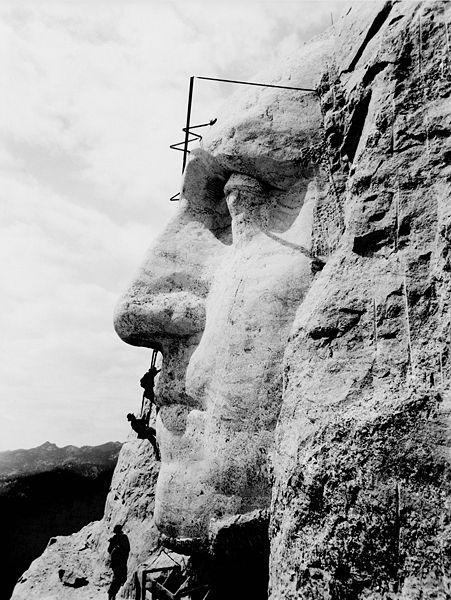North America, Central America, and the Caribbean, 1775-Present

This paper introduces students to the transnational history of North America from the Caribbean and Central America north through Canada, from 1750 to the present. It begins with the US and Haitian Revolutions of the late 1700s, the opening salvos in hemispheric-wide struggles to free the New World from European colonialism. Key topics include the rise and fall of chattel slavery; the displacement of indigenous peoples; the transformations and resistance unleashed by US civil war; the rise of mass production, powered transport, and the world’s largest ‘consumer society’; and movements for reform, revolution, and religious salvation.
Concepts such as the ’Global North’ and the ‘Global South’ are easily explored through the historical divergences between tropical and temperate North America. The widespread peace and prosperity of modern Canada and the concentration of wealth on Wall Street evolved in relation to some of the world’s poorest, least capitalized, and least institutionally developed societies, including Haiti, El Salvador, and Honduras. Within the US itself, North/South divisions exemplified the stark divergence that sometimes occurred within a single polity, divisions that sparked what remains the deadliest conflict fought on North American soil—the US Civil War. That war sits at the center of this paper both temporally and conceptually; its outcome and legacies still reverberate.
Students explore the myriad ways in which ruling elites constructed social hierarchies to exploit and exclude racialized others including Chinese, Black, and indigenous Americans. Considering histories from below, the paper also probes the lived experiences of the extraordinary range of peoples who inhabited the continent: their labour, their migrations (forced and free), their cultures, and their social movements.
The paper examines the way in which crops, commodities, and peoples crossed political and ecological borders, altering environments and cultures. It considers the rise of the US as an informal empire of finance capital as well as a territorial empire of gunboat diplomacy, military occupation, and territorial annexation across the circum-Caribbean, Mexico and Central America. It explores how the region became a key site for the Cold War divergence between ‘East’ and ‘West’, with the communist revolution in Cuba triggering waves of radicalism and reaction that surged through Latin America.
Finally, the paper pays special attention to the twentieth century as the ‘American Century’ of global pre-eminence. Here students explore both the vaunted American Dream and the rise of the USA as first a regional and eventually a global hegemon in terms of both the ‘hard power’ of economic and military might and the ‘soft power’ of culture, education, and mass media.
